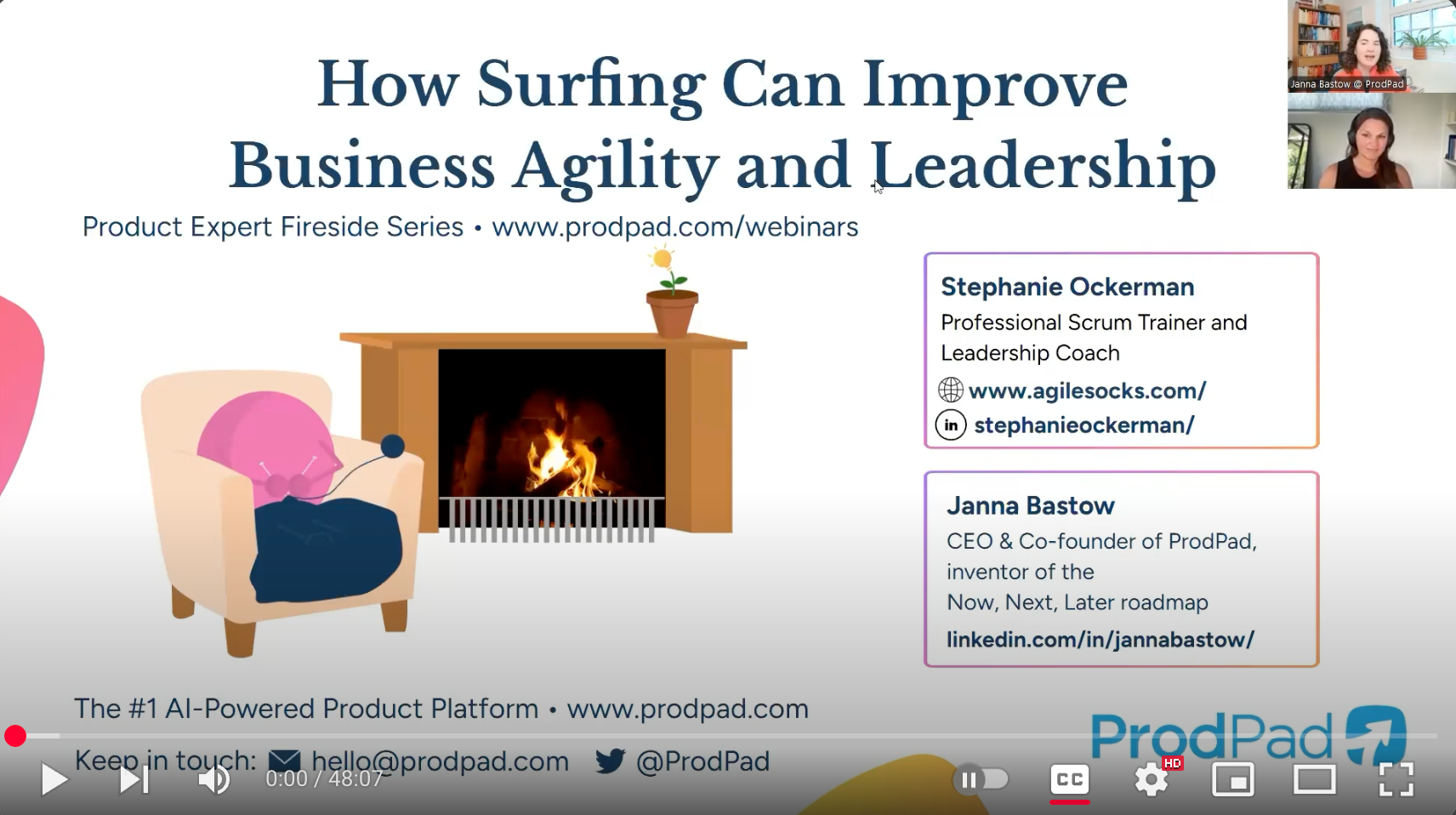
I recently helped facilitate the very first Business Agility conference. I loved three things about Business Agility 2017.
Although it is difficult to distill all of the great stories from this diverse group of speakers, I will do my best.
Steve Denning, the keynote speaker, talked about agile as a mindset. We used to believe that if the teams were agile, the organization would be agile. Now we know that simply isn’t true.
Denning went on to say that we need to fight complexity with simplicity. The organization must find the right balance between control and autonomy. We need to provide the level of agility each individual team needs to deliver.
Phil Abernathy also hit on this point. He emphasized, as I do in my Professional Scrum courses, that business agility is about economic value. Businesses are realizing that agility is their competitive advantage. He went on to say, “we need an army of ants, not dancing elephants.”
Many speakers at the Business Agility conference hit on this theme. Yes, I mean customers, but I also mean the people who work at our organizations to deliver value to our customers.
Phil Abernathy talked about how typical approaches to “scaling agile” equate to “rolling it out like wet cement.”
It dries, and then you’re stuck with it.
It is important to engage people. When moving to a more agile way of working, invite rather than inflict. Often, organizations have some early success with agile and then try to roll it out across the organization too fast without appropriate training and the coaching necessary to sustain the training and continuous improvement.
Customers matter too. Andrea Fryrear told a great story that illustrated how marketing teams help us look at customers differently. It is no longer just about what marketing says. The customer experience is a form of marketing, and customers have many outlets to share their stories with the world.
Organizational change management is different from organizational transformation. The former is needed with major business process change and is focused on reducing the costs of the change. Organizational transformation requires changing hearts and minds. For this, you need strong leadership because you cannot simply manage your way through it.
Doug Kirkpatrick talked about creating a self-managing organization when they built a large food processing facility. He talked about the “management tax,” which is the economic burden an organization takes on by having managers of people. Instead he suggested that since people are already managers of their own lives, you can teach business management skills to individuals.
Renee Troughton told an engaging personal story about the importance of trust and respect. She explained that we all have both optimism and pessimism within us. It’s about moments and the choices we make in those moments.
Tim Lister shot down the traditional view of focusing on 100% utilization. If everyone is so busy, there is no space for innovation or strategic thinking or learning.
Pat Reed talked about thriving in uncertainty. We are all heading into uncharted territories, so perhaps we should build a compass instead of trying to find a map. Let’s stop being overwhelmed by the drama of our day and instead look at the adjacent possible. Instead, we should place our attention on the future by creating a vision for the destination.
Reed concluded, “Failure is the only path to new knowledge. If we are not failing, we are holding ourselves back.”
As agility scales in an organization, there seems to be a belief that we need more control. However, we don’t actually need more control. What we need is visibility or transparency. The best way to get more transparency is to focus on the outcomes we want.
Measuring the outcomes creates the transparency and helps us inspect and adapt at all levels in the organization.
David Grabel talked about how his executive team at an advertising agency created an Enterprise Visibility Room and got very clear on their organizational WIP and how much money they were spending just to keep the lights on. This led to major changes in how they worked as an executive team to create focus on value and reduce waste.
Katy Saulpaugh talked about how to survive an agile re-organization. Transparency is an important part. More rumors will spread the longer you are silent. If there is a question you don’t have an answer to yet, have a conversation about how you are going to involve people in finding the answer.



AGILE SOCKS is a registered trademark of Agile Socks LLC. Other marks used herein are the property of their respective owners. For more information see Trademark Notice in Terms & Conditions.